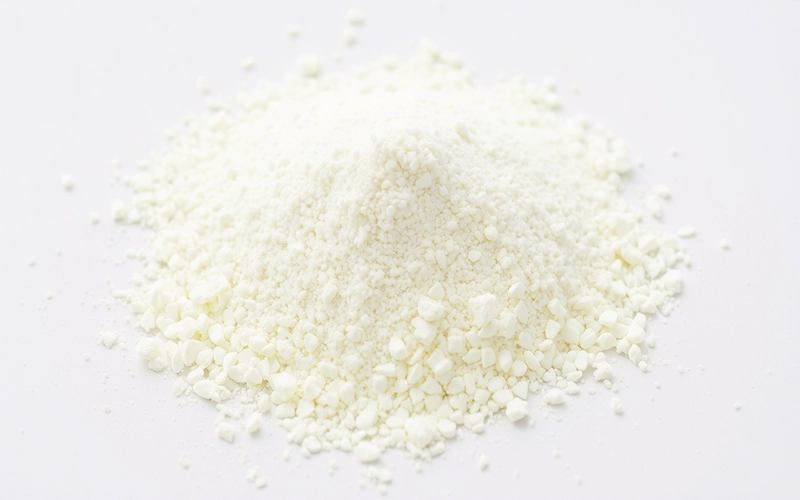Pure molybdenum trioxide (MoO₃) is widely used in catalysis, especially in petroleum refining for hydrodesulfurization. It’s also applied in gas sensors, electrochromic devices, lithium-ion batteries, and as a precursor for molybdenum metal production. Its semiconducting properties make it valuable in optoelectronics and energy-efficient solar and bright windows coatings.



